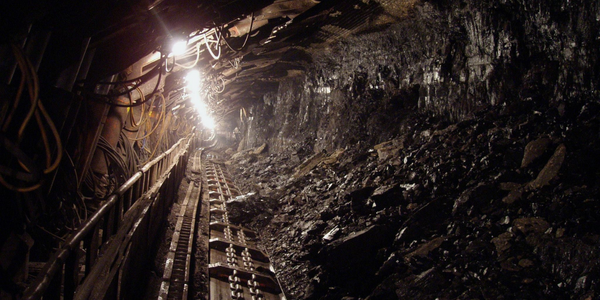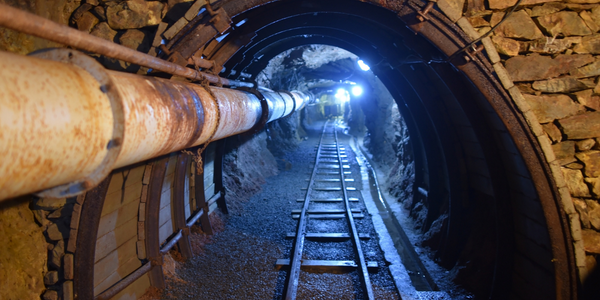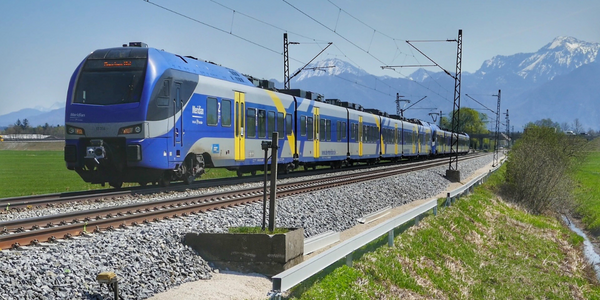Technology Category
- Analytics & Modeling - Digital Twin / Simulation
- Sensors - Haptic Sensors
Applicable Industries
- Mining
- Railway & Metro
Applicable Functions
- Logistics & Transportation
- Product Research & Development
Use Cases
- Digital Twin
- Virtual Reality
About The Customer
Electro-Motive Diesel (EMD) is the world’s largest supplier of diesel-electric locomotives for various commercial railroad applications including freight hauling, intercity passenger, commuter, switching, industrial, and mining. Since the early 1930s, EMD has produced more than 58,000 locomotives for customers in over 73 countries. EMD is also a global provider of diesel power engines for marine propulsion, offshore and land-based oil well drilling rigs, and stationary power generation. The company's headquarters, engineering, and parts-manufacturing operations are located in LaGrange, Illinois, with final assembly in London, Ontario. One of the company’s major new products is the SD70ACe locomotive, which uses an alternating-current drive system to develop continuous tractive effort of 157,000 pounds for pulling heavy freight trains as well as higher-speed intermodal trains.
The Challenge
Electro-Motive Diesel (EMD), the world’s largest supplier of diesel-electric locomotives, was under pressure to develop the SD70ACe locomotive that meets high standards of performance, reliability, fuel economy, crashworthiness, and operator comfort. The locomotives are expected to operate economically and safely for decades under harsh conditions with minimal downtime. Durability of components undergoing repeated fatigue cycles was a major concern, as most units log more than 1 million miles during the first six years of operation and have a useful life of nearly 30 years, with some major components lasting more than 50 years. Achieving these goals while shortening the development cycle was particularly challenging due to significant time and cost factors associated with running physical tests on such large, complex machines.
The Solution
EMD tackled these challenges by incorporating engineering simulation throughout the design process from the conceptual stages of development. The use of simulation as a verification and validation tool helped EMD minimize physical testing, shorten development time, and optimize the structural characteristics of the SD70ACe. ANSYS Mechanical software was a crucial element in this simulation strategy. Structural analysis was used in evaluating stress, deflection, and harmonics of components, guiding designers in sculpting the basic shape and topology of parts early in development. The software was also used in detailed analysis of suspension dynamics, vibration isolation mounting of the cab and other subsystems, and in the development of the crankcase, cylinder heads, piston rods, and other reciprocating parts of the locomotive’s diesel engine.
Operational Impact

Case Study missing?
Start adding your own!
Register with your work email and create a new case study profile for your business.
Related Case Studies.

Case Study
Underground Mining Safety
The goal was to produce a safety system to monitor and support underground mining operations; existing systems were either too simple (i.e. phone line) or overly complex and expensive, inhibiting deployment, and providing little-to-no support in event of an accident. Given the dangerous nature of the mining work environment and the strict regulations placed on the industry, the solution would have to comply with Mine Safety and Health Administration (MSHA) regulations. Yet the product needed to allow for simple deployment to truly be a groundbreaking solution - increasing miner safety and changing daily operations for the better.

Case Study
Mining Firm Quadruples Production, with Internet of Everything
Dundee Precious Metal’s flagship mine, in Chelopech, Bulgaria, produces a gold, copper, and silver concentrate set a goal to increase production by 30%. Dundee wanted to increase production quality and output without increasing headcount and resources, improve miner safety, and minimize cost.

Case Study
Fastenal Builds the Future of Manufacturing with MachineMetrics
Fastenal's objective was to better understand their machine downtime, utilization, quality issues, and to embrace cutting-edge manufacturing technology/process improvement capabilities to bring their team to the next level. However, there was a lack of real-time data, visualization, and actionable insights made this transition impossible.

Case Study
Building Smart IoT-Connected Railways
• Difficult environment. Communications equipment on trains must function properly in harsh conditions, such as environment temperatures ranging from -25°C to +85°C, according to the EU standard EN50155.• Railway regulations. All products in a train must adhere to strict standards, relating to working vibration, power consumption, and lifetime.• Lengthy process. Time to market in the railway industry can take years from concept to mass production, so product design requires a solid long term vision.

Case Study
Joy Mining Systems
Joy equipment faces many challenges. The first is machine integration and control. The business end of the machine has a rapidly-spinning cylinder with 6-inch diamond-studded cutting teeth. It chews through rock at rates measured in tens of tons per minute. The system grinds through the rock in front, creating a rectangular mine tunnel. Hydraulic lifters support the ceiling as the machine moves forward. Automated drills and screws drive 3-ft long screws into the ceiling to stabilize it. The rock and coal fall into a set of gathering "fingers" below the cutting cylinder. These fingers scoop up the rock and coal and deposit it onto a conveyor belt. The conveyor passes under the machine and out the back. A train of conveyor belt cars, up to a mile long, follows the cutter into the mine. The rock shoots along this train at over 400 feet per minute until it empties into rail cars at the end. Current systems place an operator cage next to the cutter. Choking dust (potentially explosive), the risk of collapse and the proximity of metal and rock mayhem make the operator cage a hazardous location.

Case Study
Connected Transportation: A Smarter Brain for Your Train with Intel
A modern locomotive, for example, has as many as 200 sensors generating more than a billion data points per second. Vibration sensors surround critical components, video cameras scan the track and cab, while other sensors monitor RPM, power, temperature, the fuel mix, exhaust characteristics, and more.Most of today’s locomotives lack sufficient on-board processing power to make full use of all this data. To make matters worse, the data from different subsystems, such as the brakes, fuel system, and engine, remain separate, stored in isolated “boxes” that prevent unified analysis. The data is available, but the technology needed to process it in the most effective manner is not. As new sensors are added to the machine, the problem escalates.







